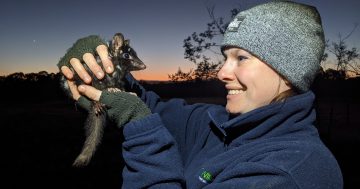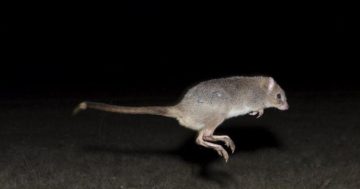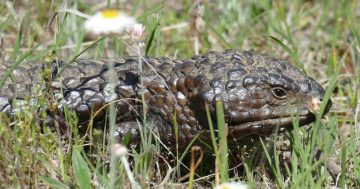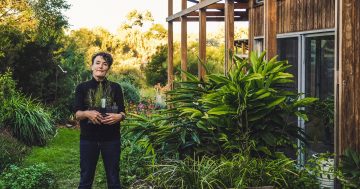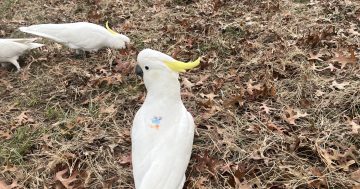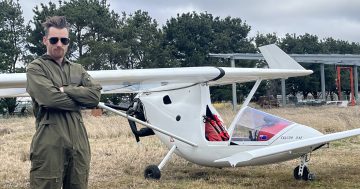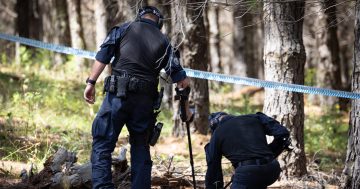It’s mating season and the echidnas at Mulligans Flat are ready to mingle. Video: WWT/ Millie Sutherland Saines.
Echidna mating season has begun, with trains of the spiky marsupials vying for the attention of females and the chance to procreate at a sanctuary in Canberra’s north.
This time of year, the normally reclusive native short-beaked echidnas are literally lining up to mate.
Trains of up to eight males form behind the females, sometimes following them for weeks.
If you’re lucky, you might just see one at the Mulligan’s Flat Woodland, behind the Gungahlin suburbs of Throsby and Forde.
The Woodlands and Wetlands Trust’s Millie Sutherland-Saines says females echidnas give off a pheromone letting nearby males know they’re ready to breed.
“It must be like a drug to the boys because they will follow her,” she says.
“The male that hangs around the female the longest is generally the one that she will breed with.
“It’s the last man standing, literally.”
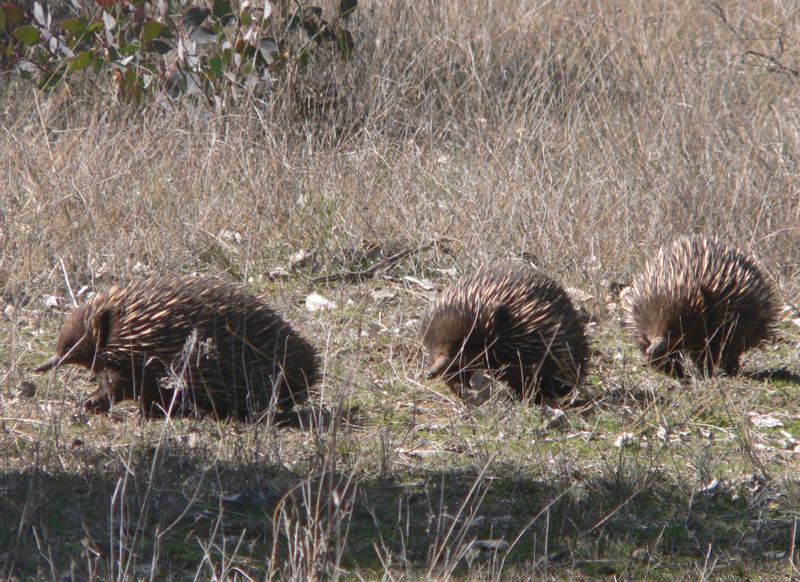
If you’re lucky, you might see an echidna train. Photo: File.
Though she’s often at the sanctuary, she hasn’t seen many mating trains.
“I’ve actually only seen a few in my life,” she says. “It’s a pretty rare sight.”
The Mulligans Flat Woodland Sanctuary, which is protected by a predator-proof fence, is the largest of its kind in Australia still in public ownership.
“It’s really, really special,” Ms Southerland-Saines says, “and it’s really important that we’re doing all that we can to not only conserve what’s left but help restore it.”
The monotremes lay eggs and once they hatch the chick peas-sized babies (known as puggles) are carried around in a pouch-like fold.
When the puggles are too big to carry, the mother digs a nursery burrow and returns to feed them through a lactation secretion patch.
“That milk is pink. It’s wild,” Ms Southerland-Saines says.
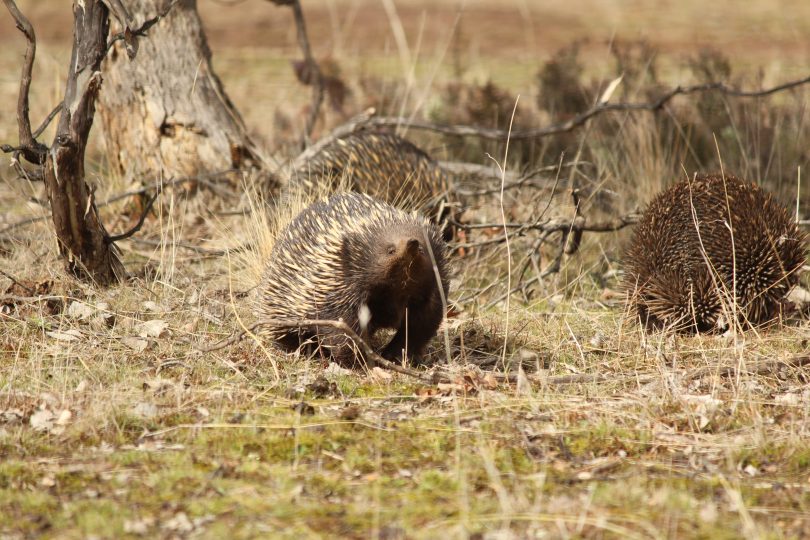
Volunteers are wanted to help count the reclusive monotremes. Photo: Eslie Percival.
Once they’ve grown, the juvenile echidnas will go off on their own to fend for themselves.
“Generally, by the time they get to that stage, they look like an echidna,” she says.
“They’re really spiky; they’ve grown quite a bit. The only real distinction is they’re a bit smaller than mum and dad.”
In October, the trust will conduct its annual echidna survey inside the Mulligans Flat sanctuary when around 60 volunteers sweep the area in teams over two days.
“[It’s] quite hard work tramping through a wild sanctuary, you’re off the track all the time, but it’s the best way to see an echidna,” Ms Southerland-Saines says.
Last year they counted only 30, which was fewer than they’d expected, sparking concern for population numbers, but it may have just been a miscalculation.
“All the grass was really long so we couldn’t actually find echidnas as easily,” she says.
“We think the numbers are quite fine; it’s just our ability to find them that has diminished.”

It’s mating season and the echidnas at Mulligans Flat are ready to mingle. Photo: Andrew Easey.
To volunteer for the echidna survey in October, head to the Mulligans Flat Woodland Sanctuary and get involved.
Original Article published by Damien Larkins on The RiotACT.




